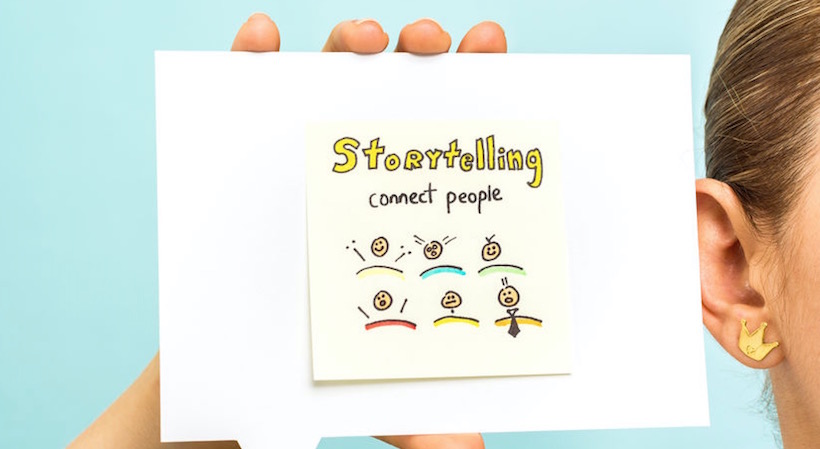Everywhere we go, we see stories. In one way or another, they shape and influence our daily lives, sometimes without us even noticing. From a business perspective, stories are an important part of marketing. Brands use storytelling to get their message across in advertising, on social media and more.
In a world of endless scrolling, capturing a user’s attention can be exceptionally difficult. This is why storytelling can be such an amazing business tool. In order to use storytelling in your startup’s communications in an effort to grow your business, you first need to know what makes a great story.
The elements of storytelling
The hook
This is arguably the most important part of any story. To get a reader interested, you first have to capture their attention. Of course, this is easier said than done. What makes a good hook, you ask?
Be descriptive in your narrative, or start with a question. Alternatively, you can also start with a bit of mystery that will make the reader want to click in order to learn more. Just make sure the payoff is indeed worth it at the end and that there is some kind of a resolution.
High stakes
When setting a scene, make sure the stakes are high. Is something important happening? Is there a sense of urgency?
These are all things you need to take into consideration to make sure the reader doesn’t lose interest. If it’s important, then people will feel an emotional connection as the story progresses. And because they’re already so invested in the story, it’s good practice to reward them with some kind of closure. You’ll want the narrative to come a full circle, so make sure there is some action that lives up to the premise.
The devil is in the details
The details are an important part of any story. Use vivid imagery to help paint a picture. Storytelling elements like metaphors and allegories are a great way to convey the essence of a story. They get the main point across easily because people are always drawn to parallels to things they already know.
For example, a you may have difficulty conveying some technical information full of jargon without confusing your reader. But, instead, try using a metaphor and explain the process in a way that the reader will relate to and more easily understand.
Now that you know some of the important storytelling elements, you can start applying them correctly into your startup’s narrative.
Related: How to Market Your Startup’s Narrative Through Storytelling
Using storytelling to grow your business
What makes storytelling such a useful tactic is that you can use it pretty much across the board. From social media posts to your mission statement and overarching company-wide core beliefs and values, you can always tell a story to better paint a picture.
While every business has a story to tell, too many fail at doing so clearly. Having a purpose and being able to communicate it is both profitable and a great way to relate to your customers.
So, how do you tell a story, exactly?
First, you need to understand the power of empathy. People usually invest in the human, not in the company.
In other words, people buy the “why” and not the “what” (the latter being your product).
If you can establish a proper connection with your audience, you’re one step closer to making them repeat customers. Stories allow you to forge an emotional connection and create brand loyalty.
When thinking about your brand, realize that storytelling is a competitive advantage. You have a story to tell and it’s completely unique. You might be thinking, “But, everyone has a story to tell, don’t they?”
Be that as it may, your story and your purpose are unique to you and you alone. You just have to ask yourself why you’re doing what it is you’re doing and how you can convey your purpose.
When it comes to making a purchase, decision making has more to do with emotions than logic.
What this means is that you can have the best product in your niche, but if you don’t connect with your target market, you might not make the sale. The ability to tell a good story is essential and can make or break how your company positions itself in the market.
A clear communications strategy that includes storytelling is the backbone of strong marketing. A brand story helps simplify your complex vision and convey your purpose to the outside world. So, if you already have a purpose, you need to think about how you’re communicating that to capture people’s attention. Remember that legacy brands with a story last longer and are more memorable than those without.
Sign Up: Receive the StartupNation newsletter!
Conclusion
When executed correctly, storytelling can be one of your startup’s most powerful communication strategies. The next time you’re interacting with your customers at each touch point, keep in mind that people remember how you made them feel more than the information they received.
Your customers and prospects are likely to be bombarded with messages every day. Some of them employ storytelling and some of them don’t. How is your business different?
If you want your marketing efforts to pay off, think about your overall purpose, then use storytelling to communicate that message. A loyal customer is someone who trusts you beyond your product, so make sure you’re giving them something to latch on to and you’ll be rewarded in return.






